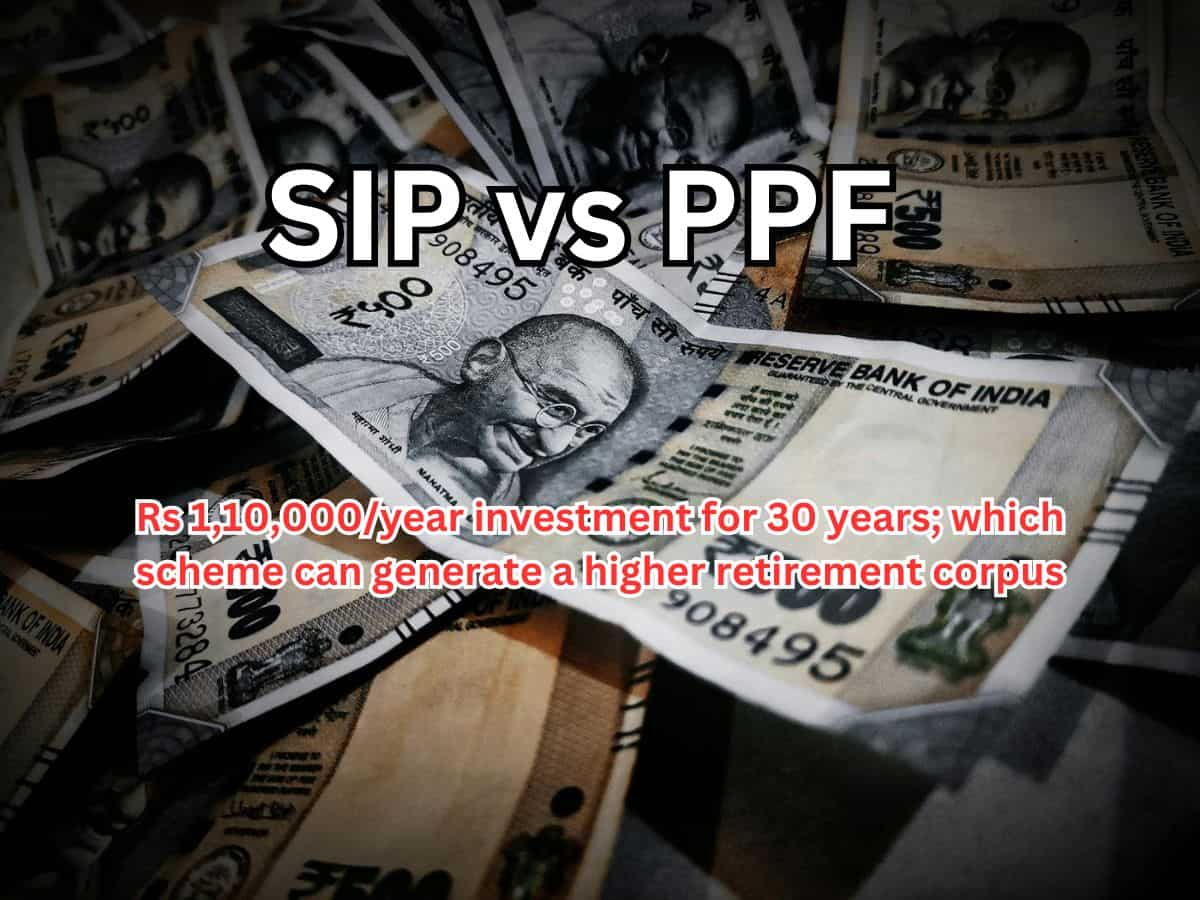SIP vs PPF: Rs 1,10,000/year investment for 30 years; which can build a higher retirement corpus
Not sure whether to invest in SIP or PPF for your retirement? Both are great options, but which one will give you more money in the long run? Let’s compare them. If you invest Rs 1,10,000 every year for 30 years, which scheme will help you build a bigger retirement fund? Let’s find out.
Harish and Geeta, two friends in their 30s, were enjoying coffee when the topic of retirement savings came up. Harish trusted PPF because it offered safety and guaranteed returns. Geeta, however, preferred SIP, hoping for higher growth. Curious to see which option worked better, they both invested Rs 1,10,000 per year for 30 years. Years passed, and their investments grew. Now, it’s time to find out who built a bigger retirement fund. This comparison can also help you decide which option, PPF or SIP, can give you a higher return.
Photos source: Pixabay/Representational
(Disclaimer: Our calculations are projections and not investment advice. Do your due diligence or consult an expert for financial planning)
What is SIP?

What is PPF?

Tax benefits in PPF

What is current interest rate in PPF?

What is minimum investment amount to start SIP?

What is minimum investment in PPF?

How does SIP work?

How does PPF work?

PPF calculation conditions

PPF: What will be your retirement corpus in 30 years with Rs 1,10,000/year investment?

SIP calculation conditions

SIP: Retirement corpus on Rs 9,166 monthly investment for 30 years (hybrid fund)

SIP: Retirement corpus on Rs 9,166 investment for 30 years (equity fund)






